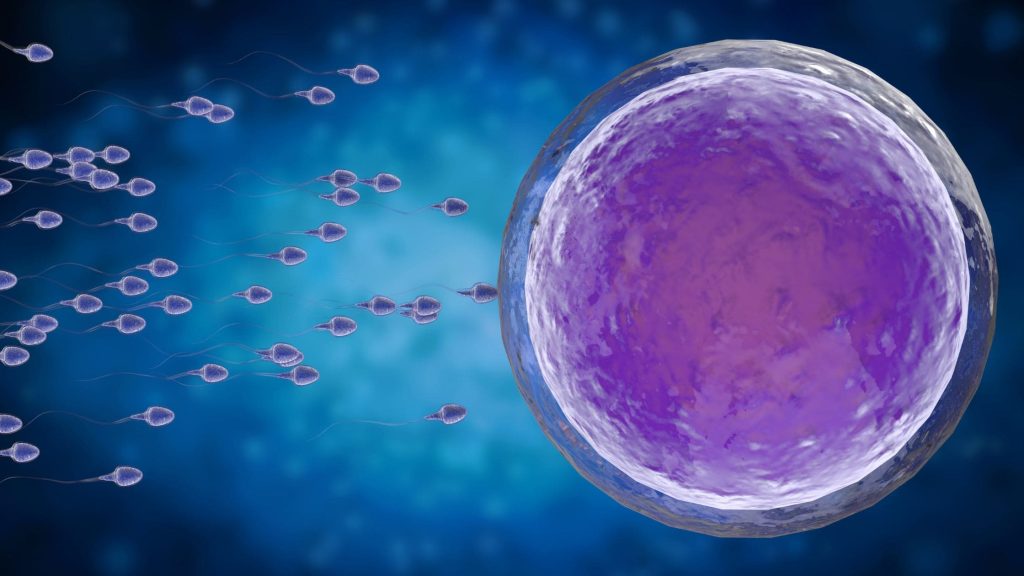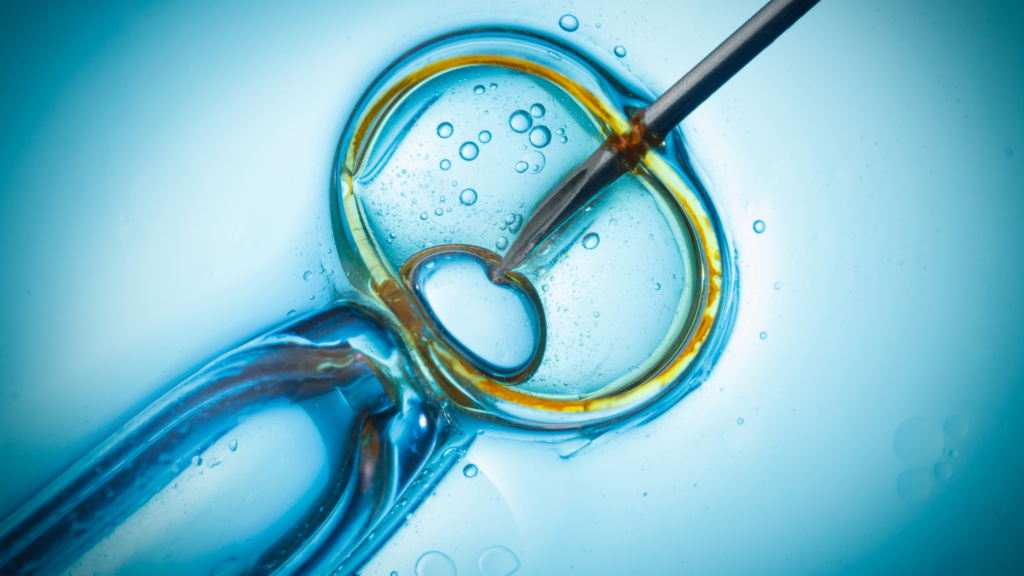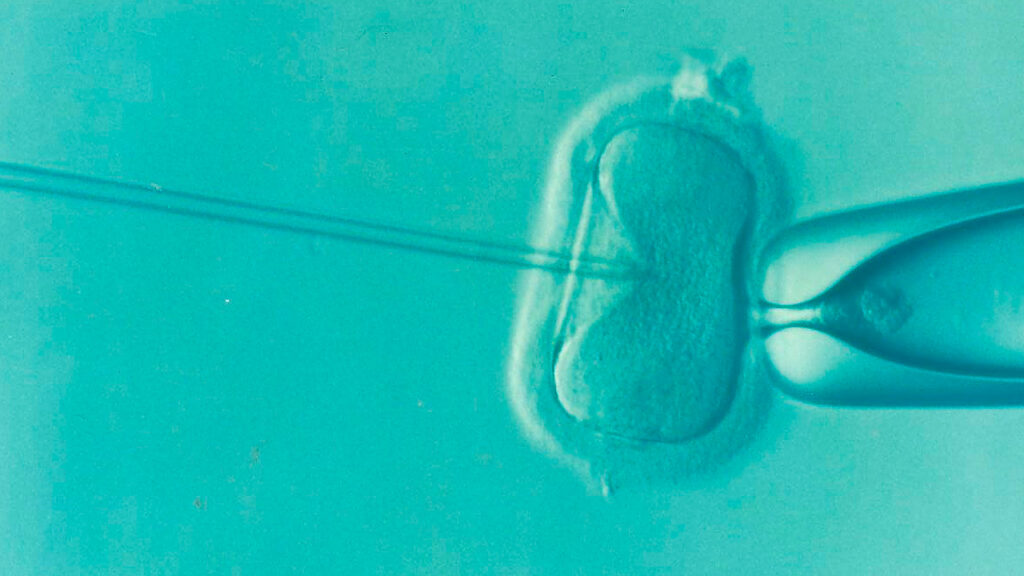Main causes of infertility
- Home
- Uncategorized
- Main causes of infertility
There are many possible reasons why a natural pregnancy may not come. However, there are a number of reasons that are more common and which we will discuss in depth in today’s article.
There are causes of female origin and causes of male origin, but it can also happen that both members of the couple suffer from alterations in their fertility that lead to the absence of spontaneous pregnancy. Nor should we forget that small percentage of cases in which pregnancy does not arrive despite apparently not having any reproductive abnormality. This is what we call “EOD” or Sterility of Unknown Origin which we will talk about in future articles.
Sterility of female origin
Female sterility or infertility can appear due to alterations in different levels of the reproductive system. Thus, we talk about:
- Ovarian factor: when the abnormality affects the ovary or eggs
- Tubal factor: when it is the fallopian tubes that cause the inability to conceive.
- Cervical factor: when we talk about alterations at the level of the cervix.
- Uterine factor: refers to uterine abnormalities that prevent implantation or gestational evolution.
The age of the woman is one of the main reasons for infertility of female origin. As a woman gets older, regardless of how she feels externally or how young she feels, the ovary ages and this leads to a decrease in the quantity and especially the quality of the eggs.
Hormonal disturbances are another common cause. Anovulation or ovulatory / menstrual abnormalities can make fertilization difficult. PCOS is an example of a common endocrine pathology that can be a reason for infertility and sterility in women.
There are also risk factors such as obesity, diabetes or taking certain medications that can cause alterations in ovarian quality, menstrual abnormalities or reproductive problems.
Another common cause of infertility is tubal obstruction. In the fallopian tubes is where it has the natural union of ovum and sperm. Therefore, injuries to the tube can prevent pregnancy. Tubal endometriosis or hydrosalpinx are some examples.
Cervical abnormalities are the least common but can occur. To reach the ovum, the sperm have to cross the cervical canal, so alterations at this level can prevent the passage of sperm and, with it, conception.
Regarding the uterine level, the presence of fibroids or polyps as well as uterine malformations (for example: bicornuate uterus, adenomyosis, septate uterus …) are the main reasons for sterility, but, without a doubt, one of the most common causes of infertility in the woman is endometriosis. It is the growth of uterine tissue in areas other than it such as the tubes or the ovary. We will talk about them in other articles. articles.
Sterility of male origin
With regard to men, we also talk about different levels or factors:
Pre-testicular factor: refers to hormonal alterations that can alter sperm production or proper testicular development.
Testicular factor: refers to problems in the functionality of the testicle. Taking medications, varicocele, severe trauma or genetic defects are some examples.
Post-testicular factor: these are alterations in the ducts that allow the exit of semen from the testicle to the outside. We are talking about problems in the vas deferens, the epididymis or the urethra.
Sperm factor: sterility of sperm origin is due to the presence of abnormalities in the sperm. It is the most common cause at the male level.
The spermatic factor encompasses, in many cases, the rest of the anomalies since, both hormonal problems and anomalies at the level of the testicles and seminal ducts, lead to problems in the sperm.
The most common sperm pathologies are:
- Azoospermia: absence of sperm in the ejaculate.
- Oligozoospermia: low amount of sperm in the ejaculate.
- Teratozoospermia: problems in morphology.
- Asthenozoospermia: alterations in the mobility of sperm.
We must not forget the anatomical reason for infertility. These are the cases in which the woman does not get pregnant due to the inability of the man to deposit the sperm in her vagina. We refer to cases of premature ejaculation, erection problems, small penis size, certain curvatures of the penis, etc.
Mixed sterility and EOD
Although the emphasis is generally placed on women when it comes to infertility and sterility, the reasons are more or less equally distributed between men and women. In fact, the percentages are classified as follows:
- 30% infertility in women.
- 30% in men.
- 20% of mixed or combined infertility, when both members of the couple have reproductive disorders.
- 20% of unknown or uncertain origin.
We must bear in mind that DOE does not mean that there is no specific cause, but that, to this day, it is not known, because reproductive medicine is advancing by leaps and bounds but we do not know the entire procreation process by heart.
Finally, I would like to insist on the idea of stress and obsession, as many people insist that these are the basic reasons why infertility is on the rise today.
Although it is true that the emotional state of both women and men can affect their general health and, therefore, also fertility, several studies indicate that stress, anxiety or worry caused by the lack of pregnancy they are not direct motive. However, they are factors that can influence the real cause that is leading to the absence of pregnancy.
You may also like
Azoospermia: qué es y cómo tratarla
Un hombre que tenga azoospermia (ausencia de espermatozoides tras eyaculación) no quiere decir que necesariamente no pueda tener hijos. Es …
Fecundación In Vitro: qué es y su proceso
La fecundación in vitro (FIV) es un técnica de reproducción asistida que tiene la finalidad de ayudar a las mujeres …
Inseminación Artificial: qué es y cómo se hace
Los procesos de reproducción asistida pueden parecer similares y a la vez diferentes entre sí. Todos ellos están pensados para …
MALE FERTILITY: What is it and how is it measured?
The reproductive system of men and women is very different. Just as women are born with all the eggs that …
Principales causas de infertilidad
Son muchas las posibles razones por las que el embarazo natural puede no llegar. Sin embargo, existen una serie de motivos que son más comunes y de los que hablaremos en profundidad en el artículo de hoy.
Técnicas de reproducción asistida
La reproducción asistida es la parte de la medicina que ayuda a la procreación cuando ésta no llega de forma natural. Existen principalmente dos técnicas de reproducción asistida: la inseminación artificial y la fecundación in vitro. La diferencia principal entre ambas radica en el grado de asistencia o ayuda que suponen en relación al proceso natural de concebir.






